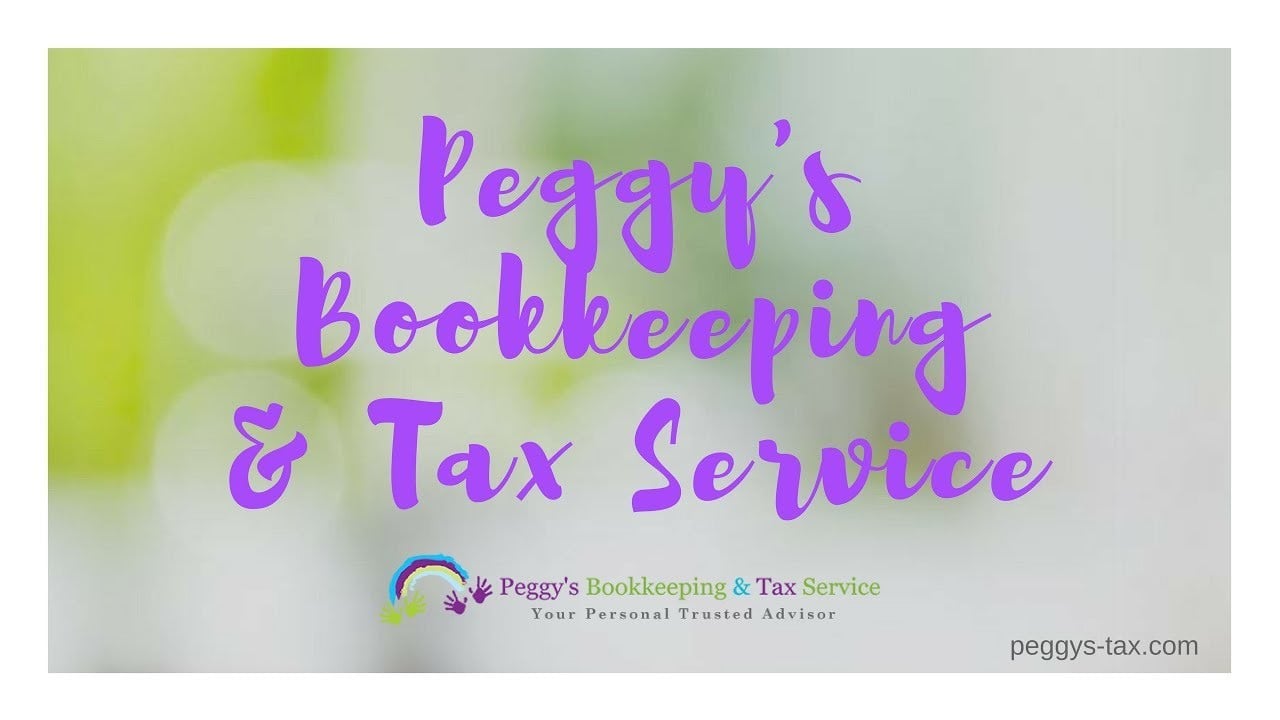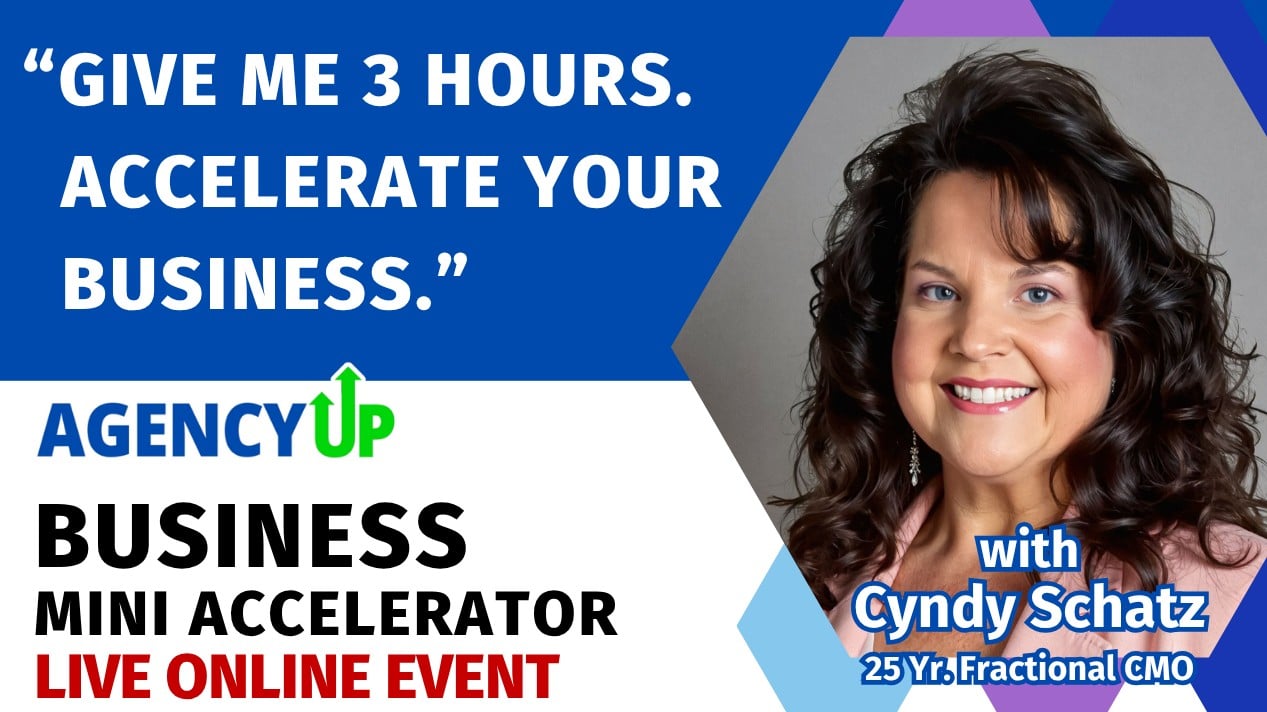New Windsor, New York / Syndication Cloud / July 17, 2025 / Fisch Solutions

Key Summary
- Rising AI threats: Cybercriminals increasingly use artificial intelligence to create sophisticated phishing and social engineering attacks.
- Compliance complexity: New York businesses must navigate multiple regulatory frameworks, including NY SHIELD Act and federal requirements.
- Remote work vulnerabilities: Distributed workforces create expanded attack surfaces requiring new security approaches.
- Supply chain risks: Third-party vendor compromises can expose small businesses to significant security breaches.
- Resource constraints: Limited budgets and staff make it difficult for small businesses to create effective cybersecurity measures.
Small businesses across New York are discovering that cybersecurity isn’t just a concern for large corporations anymore. The threat landscape has evolved dramatically, with cybercriminals specifically targeting smaller organizations that often lack robust security infrastructure. What once seemed like distant corporate problems have become immediate threats to local businesses.
The statistics paint a sobering picture. Small businesses now represent nearly half of all cyberattack victims, yet many owners still believe they’re too small to be targeted. This misconception leaves countless New York businesses vulnerable to attacks that can devastate finances and customer trust within hours.
The New Generation of AI-Powered Threats
Sophisticated Phishing Campaigns
Artificial intelligence has transformed how cybercriminals operate, making their attacks more convincing and harder to detect. Modern phishing emails can perfectly mimic legitimate communications from banks, suppliers, or government agencies. These AI-generated messages analyze previous communication patterns and writing styles to create nearly indistinguishable fake correspondence.
The technology behind these attacks continues advancing rapidly. Cybercriminals now use machine learning to study specific businesses and their communication patterns, creating targeted attacks that bypass traditional email filters and fool even security-conscious employees.
Deepfake Voice and Video Attacks
Business email compromise attacks have evolved beyond simple email fraud. Criminals now use AI to create convincing audio and video content that mimics executives or trusted business partners. These deepfake attacks can trick employees into transferring funds or sharing sensitive information through what appears to be legitimate video calls or voice messages.
New York businesses have reported incidents where criminals used AI-generated voices to impersonate company executives, requesting urgent wire transfers or sensitive data access. The technology’s accessibility means even small-scale criminals can deploy these sophisticated tactics.
Regulatory Compliance Challenges
NY SHIELD Act Requirements
New York’s Stop Hacks and Improve Electronic Data Security Act creates specific obligations for businesses handling personal information. The law requires companies to implement reasonable security measures and notify affected individuals of data breaches within specific timeframes. Small businesses often struggle to understand these requirements and implement compliant systems.
The Act’s broad definition of personal information includes not just Social Security numbers and financial data, but also email addresses combined with passwords or security questions. This expansive scope means most businesses handling customer data fall under the law’s jurisdiction, regardless of their size or industry.
Federal Compliance Overlaps
Many New York businesses must simultaneously comply with federal regulations like HIPAA for healthcare information or CMMC for government contractors. These overlapping requirements create complex compliance matrices that can overwhelm small business resources. Each framework has different technical requirements, documentation standards, and audit procedures.
Understanding which regulations apply to your specific business operations requires careful analysis. A single company might need to comply with multiple frameworks depending on the types of data they handle and the clients they serve.
Remote Work Security Vulnerabilities
Expanded Attack Surfaces
The shift to remote and hybrid work models has fundamentally changed business security perimeters. Employees accessing company systems from home networks, coffee shops, and co-working spaces create multiple entry points for potential attacks. Traditional office security measures don’t translate effectively to distributed work environments.
Home networks typically lack enterprise-grade security controls, making them attractive targets for cybercriminals seeking to access business systems. Personal devices used for work purposes often have weaker security configurations than company-managed equipment.
Cloud Security Misconfigurations
Small businesses increasingly rely on cloud services for storage, collaboration, and business applications. However, many organizations misconfigure these systems, leaving sensitive data exposed to unauthorized access. Default security settings aren’t always appropriate for business use, requiring careful configuration and ongoing monitoring.
Common misconfigurations include overly permissive access controls, unencrypted data storage, and inadequate backup procedures. These issues can expose customer information, financial records, and business communications to cybercriminals or accidental disclosure.
Building Resilient Defense Strategies
Layered Security Approaches
Effective cybersecurity requires multiple overlapping defense mechanisms rather than relying on single solutions. This layered approach might include firewalls, antivirus software, email filtering, employee training, and incident response procedures. Each layer provides additional protection and reduces the likelihood of successful attacks.
Regular security assessments can help identify gaps in current defenses and prioritize improvement areas. Many cybersecurity experts recommend starting with basic protections and gradually building more sophisticated defenses as budgets and expertise allow.
Incident Response Planning
Having a clear plan for responding to security incidents can minimize damage and recovery time. This plan should include procedures for identifying attacks, containing damage, notifying affected parties, and restoring operations. Regular testing and updates ensure the plan remains effective as business operations and threat landscapes evolve.
According to managed service provider Fisch Solutions, businesses with well-defined incident response plans typically recover more quickly from attacks and experience less long-term damage to their operations and reputation.
Small businesses that proactively address cybersecurity threats will be better positioned to protect their operations, maintain customer trust, and achieve sustainable growth in an increasingly digital economy.
Fisch Solutions
+1 845 237 0000
3188 Route 9W
Suite 1
New Windsor
New York
12553
United States

 Peggy’s Bookkeeping & Tax Service has published a new article entitled Top 5 Tax Deductions Every Small Business Should Know. The report sheds light on a practical guide outlining strategies small business owners should leverage in 2025 to reduce taxable income and improve financial efficiency. Furthermore, the article addresses specific IRS-approved deductions, such as home office expenses, business equipment, travel costs, and contractor payments, while offering expert guidance on compliance and accurate recordkeeping. Those interested in managing their financial records carefully, minimizing tax liabilities, and making informed year-round financial decisions, and other interested individuals can view the full article at
Peggy’s Bookkeeping & Tax Service has published a new article entitled Top 5 Tax Deductions Every Small Business Should Know. The report sheds light on a practical guide outlining strategies small business owners should leverage in 2025 to reduce taxable income and improve financial efficiency. Furthermore, the article addresses specific IRS-approved deductions, such as home office expenses, business equipment, travel costs, and contractor payments, while offering expert guidance on compliance and accurate recordkeeping. Those interested in managing their financial records carefully, minimizing tax liabilities, and making informed year-round financial decisions, and other interested individuals can view the full article at 




 SAN ANTONIO, TX – July 13, 2025 – AgencyUP
SAN ANTONIO, TX – July 13, 2025 – AgencyUP , founded by 25-year advertising veteran and Fractional CMO Cyndy Schatz, today announced its annual Business Mini-Accelerator, a live online training that equips small-business owners and in-house marketing teams with C-Level marketing playbooks in just three hours. July 23rd is already sold out; spots still remain for July 24 (2:00 p.m. EST), and a 3rd date just added for July 29 (10:30 a.m. EST) with spots filling fast ahead of the July 15 early-registration deadline.
, founded by 25-year advertising veteran and Fractional CMO Cyndy Schatz, today announced its annual Business Mini-Accelerator, a live online training that equips small-business owners and in-house marketing teams with C-Level marketing playbooks in just three hours. July 23rd is already sold out; spots still remain for July 24 (2:00 p.m. EST), and a 3rd date just added for July 29 (10:30 a.m. EST) with spots filling fast ahead of the July 15 early-registration deadline.
 Designing cutting-edge yachts – whether for luxury cruising or elite racing – has evolved into a high-stakes (and high-profit) arena of innovation. In 2025, performance is no longer judged solely on speed or aesthetics, but by how well a vessel integrates lightweight construction, advanced hydrodynamics, and adaptable, sustainable materials.
Designing cutting-edge yachts – whether for luxury cruising or elite racing – has evolved into a high-stakes (and high-profit) arena of innovation. In 2025, performance is no longer judged solely on speed or aesthetics, but by how well a vessel integrates lightweight construction, advanced hydrodynamics, and adaptable, sustainable materials. 
 When it comes to fitness, we often focus on strengthening muscles, improving endurance, or increasing flexibility in our legs and arms. However, one area that gets far less attention—yet plays a crucial role in both performance and recovery—is the neck. After a tough workout, proper neck stretching, including with a
When it comes to fitness, we often focus on strengthening muscles, improving endurance, or increasing flexibility in our legs and arms. However, one area that gets far less attention—yet plays a crucial role in both performance and recovery—is the neck. After a tough workout, proper neck stretching, including with a 



